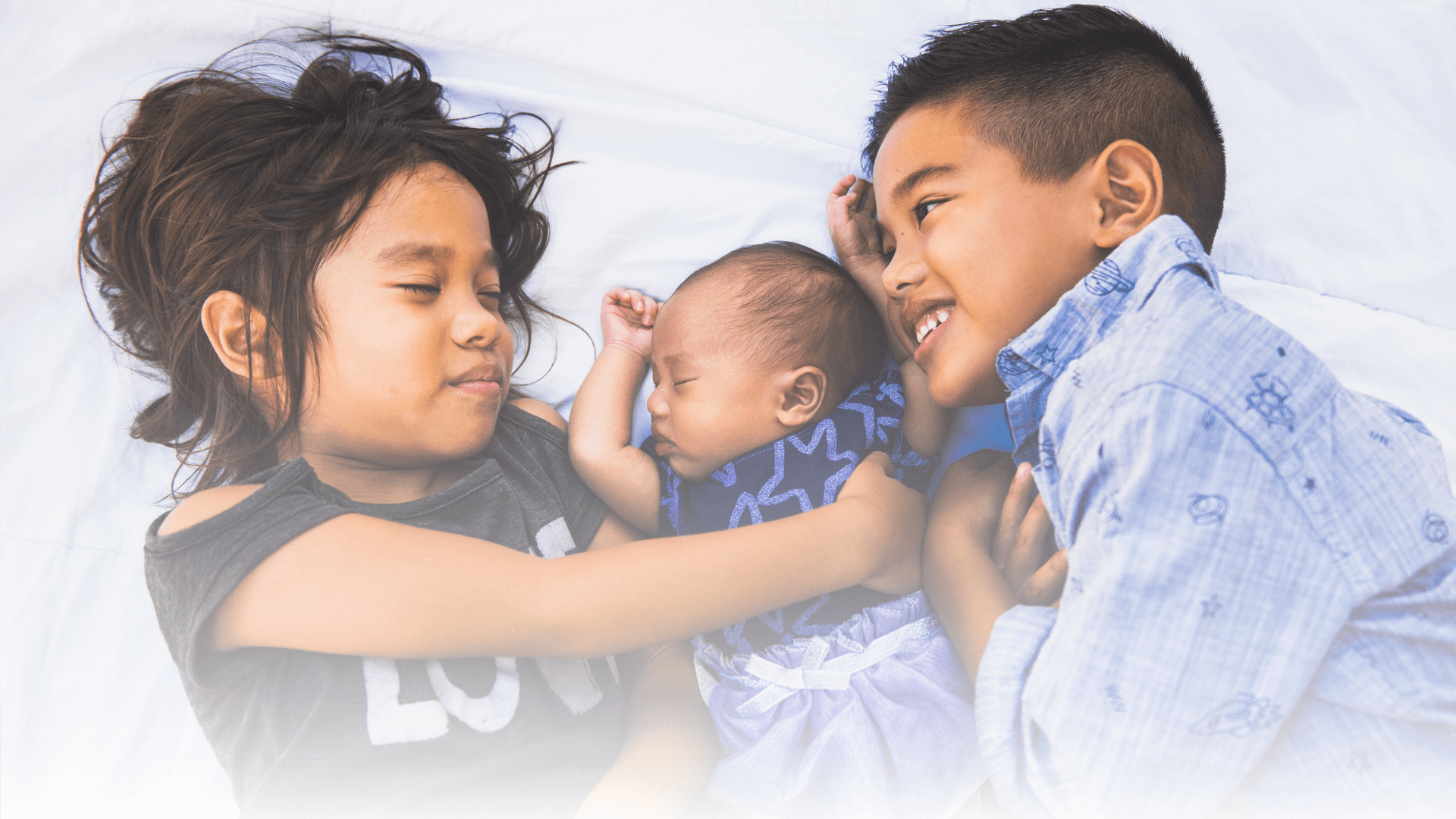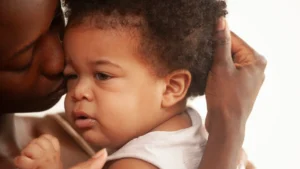
Funnel Web spiders – here’s what to do if you or your child are bitten.
Do you know the correct first aid for Funnel Web spider bites?

Bringing home a new baby when you already have a toddler can be a beautiful, chaotic, love-filled time. Your toddler might be excited, curious, and eager to “help” with their new sibling, but winter brings a flurry of sniffles, coughs, and germs that can pose a risk to vulnerable newborns.
When we recently asked you what questions you had, this one popped up more than once! So, how do you keep your littlest one safe without turning your home into a bubble? Here’s our practical guide to helping your toddler bond safely while keeping those winter bugs at bay (as much as possible anyway, there is no guarantee one size fits all approach; it’s all about what works for you and your family).
Newborns have developing immune systems that aren’t yet equipped to fight off infections as older children can. What might be a mild cold for your toddler can quickly become a more serious illness—like bronchiolitis, RSV, or even pneumonia—for a baby in their first few months.
Make handwashing a fun and consistent habit before your toddler touches or holds the baby. Sing a song while they scrub for at least 20 seconds, or make a game out of counting the bubbles. If you’re out and about, use hand sanitiser (supervised, of course!).
If you’re worried about daycare lurgies, you can opt for post-pickup outfit changes or baths before play.
💡 CPR Kids Tip: Keep nails short! This helps with hand hygiene.
Close cuddles are lovely – but toddler kisses on a newborn’s face (especially around the mouth) can easily transfer germs. Teach your toddler to gently touch the baby’s feet or hands instead, or blow kisses from a distance when they’re unwell.
💡 CPR Kids Tip: Use a soft toy or doll to practice “gentle” cuddles and show where kissing the baby is safe.
If your toddler is unwell, try to create some separation – yes, we know that’s easier said than done when you’re managing two (or more!) little ones at home. If isolation isn’t realistic, increased ventilation, mask-wearing for adults, and even using a carrier to keep the baby close but protected can help reduce risk.
We share this one with an important note before – DO NOT stress yourself out about constant cleaning. Do whatever you can manage… and that is enough!
Cold weather often means more time indoors. Keep rooms well-ventilated by opening a window or door for short bursts, even in winter.
Keep frequently touched surfaces—like door handles, remotes, and light switches—clean and sanitised, especially during cold and flu season.
💡 CPR Kids Tip: Give shared surfaces and toys a regular wipe-down, particularly when someone in the house is unwell. A quick clean can go a long way in stopping germs from spreading.
If your unwell baby or child shows any of the following signs, seek urgent medical attention:
Trust your instincts – always check in with your healthcare provider if something doesn’t seem right. Sydney Children’s Hospital has a great free resource – a checklist for recognising serious illness in children.
One of the most important ways to protect newborns—especially during winter—is by making sure everyone around them is up to date with their vaccinations. This includes routine childhood vaccines for your toddler, as well as adult boosters like whooping cough and the seasonal flu shot. Vaccinating those around your baby helps create a protective “cocoon” of immunity during those first vulnerable months. If you’re unsure whether you or your toddler is due for anything, have a quick chat with your GP or child health nurse.
💡 CPR Kids Tip: If you’re expecting a baby in winter, it’s a good idea for close contacts (like grandparents and siblings) to get their flu shot and whooping cough booster before bub arrives.
It’s completely possible to let your toddler enjoy their role as big sibling without compromising your newborn’s health. With some gentle boundaries, fun routines, and a whole lot of handwashing, you can nurture both safety and sibling love.
Want to feel confident in responding to childhood illness (and injury)?
Our baby and child first aid classes empower parents with the skills to know what to do when it counts. Find a class near you.

Do you know the correct first aid for Funnel Web spider bites?

This is a question we hear a lot, and thanks to our friends over at NSW Poisons Information, we have the answer!

The Australian Paediatric First Aid Virtual Conference will be hitting screens everywhere on Wednesday, May 15. We are thrilled to share the below program, for what will be an event not to miss…